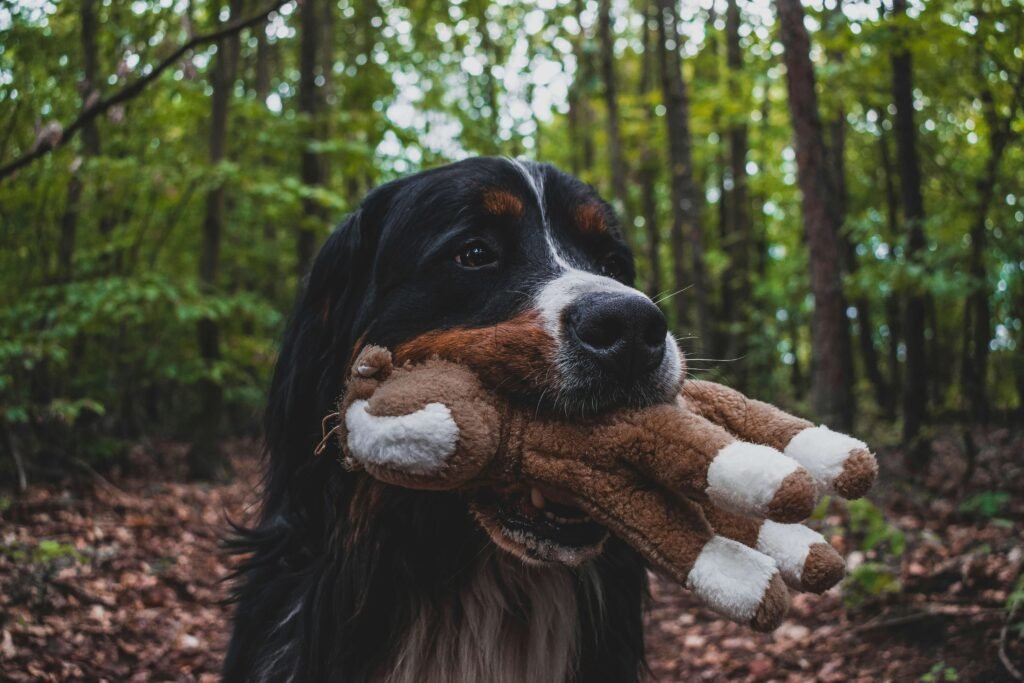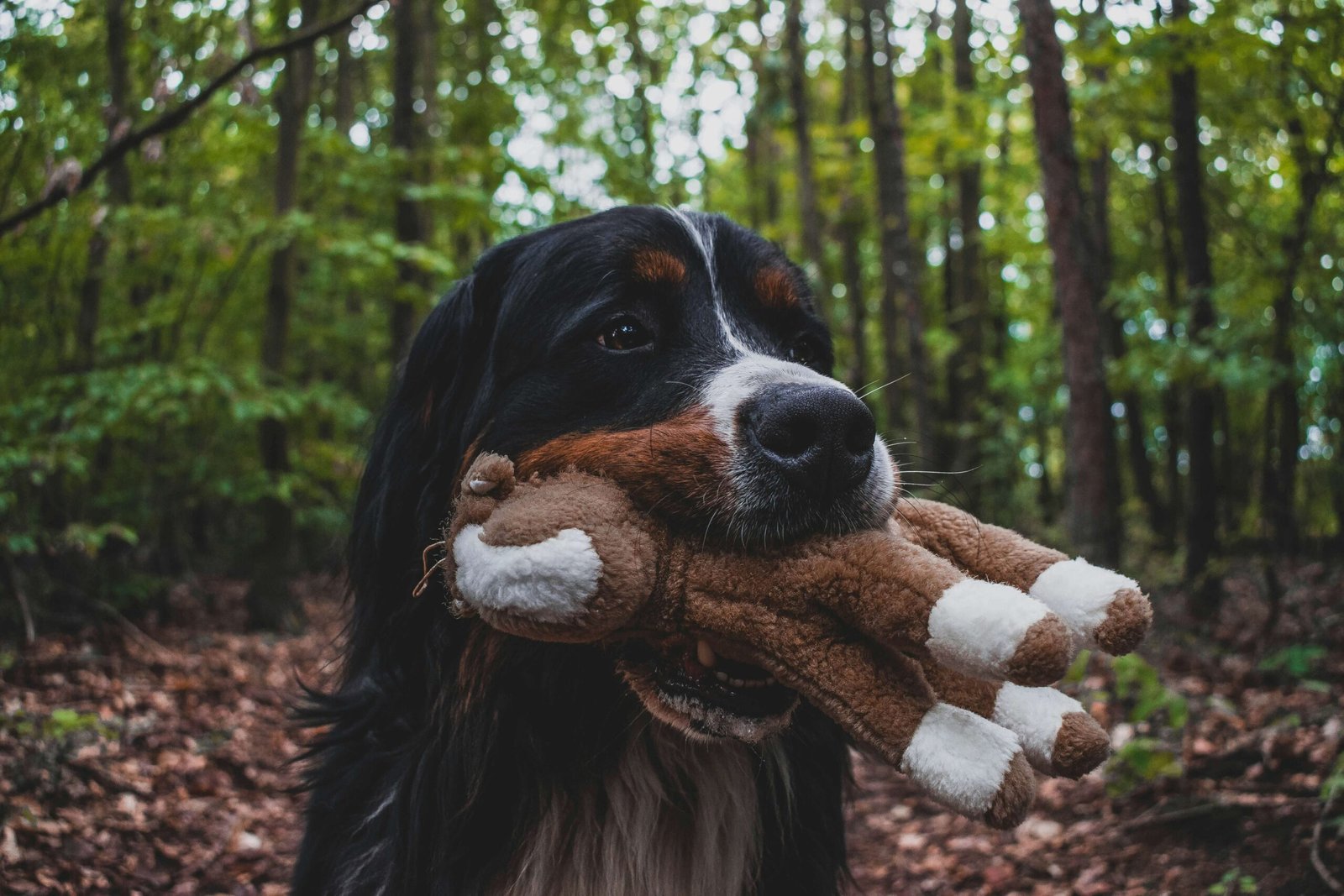How to Stop My Dog from Chewing Stuff When Im Gone: A Guide for Frustrated Pet Owners
Coming home to find your favorite shoes, furniture, or household items chewed up can be incredibly frustrating. But before you scold your furry friend, it’s important to understand that chewing is a natural behavior for dogs. Whether they’re teething, bored, anxious, or simply exploring their environment, dogs use their mouths to interact with the world. The good news is that with the right strategies, you can redirect this behavior and protect your belongings while you’re away. In this blog post, we’ll explore why dogs chew, how to prevent destructive chewing, and practical tips to keep your home—and your dog—safe and happy. Let’s dive in and learn how to stop your dog from chewing stuff when you’re gone!
Why Do Dogs Chew? Understanding the Root Causes
To effectively address chewing behavior, it’s essential to understand why your dog engages in this activity. By identifying the underlying cause, you can tailor your approach to meet their specific needs. Here are some common reasons why dogs chew:
Teething (in Puppies)
Just like human babies, puppies experience discomfort during teething and chew to relieve sore gums.Boredom
Dogs left alone without mental or physical stimulation may resort to chewing as a way to entertain themselves.Anxiety or Stress
Separation anxiety can trigger destructive chewing as a coping mechanism for emotional distress.Exploration
Dogs use their mouths to explore their surroundings, especially if they’re curious about new objects or smells.Excess Energy
High-energy dogs who don’t get enough exercise may channel their pent-up energy into chewing.
Understanding these triggers allows you to address the root cause of the behavior rather than just treating the symptoms. With patience and consistency, you can help your dog develop healthier habits.
Practical Tips to Prevent Destructive Chewing
Stopping your dog from chewing stuff when you’re gone requires a combination of prevention, redirection, and training. Here are some actionable tips to help you tackle this issue effectively:
Provide Chew Toys
Offer a variety of durable chew toys to satisfy your dog’s natural urge to chew. Rotate them regularly to keep things interesting.Dog-Proof Your Home
Remove tempting items like shoes, remote controls, and cables from your dog’s reach before leaving the house.Use a Crate or Confined Space
Crate training can provide a safe space for your dog while preventing access to off-limits areas. Make sure the crate is comfortable and stocked with toys.Exercise Before You Leave
Take your dog for a walk or engage in playtime before heading out. A tired dog is less likely to engage in destructive behaviors.Try Calming Aids
Consider using calming products like pheromone diffusers or anxiety wraps to help soothe your dog while you’re away.
By implementing these strategies, you can create an environment that minimizes opportunities for destructive chewing and keeps your dog content. Prevention is key to protecting both your belongings and your dog’s well-being.
Check this guide 👉Top 5 Durable Dog Bones for Ultimate Chewing Fun!
Check this guide 👉Top 5 Ultimate Indestructible Dog Toys for Aggressive Chewers!

Safe Chew Items | Unsafe Chew Items |
|---|---|
Rubber chew toys | Shoes or clothing |
Nylon bones | Electrical cords |
Antler chews | Wooden furniture |
Stuffed KONG toys | Household chemicals or plastics |
Rawhide-free dental chews | Small objects that pose choking hazards |
Training Techniques to Redirect Chewing Behavior
Training plays a crucial role in teaching your dog what is and isn’t acceptable to chew. Consistent reinforcement helps them learn appropriate boundaries. Here are some effective training techniques:
Positive Reinforcement
Reward your dog with treats, praise, or affection whenever they choose a designated chew toy over inappropriate items.Trade-Up Method
If your dog starts chewing something they shouldn’t, calmly redirect them by offering a more appealing toy or treat.Teach “Leave It” Command
Train your dog to respond to the “leave it” command, which helps deter them from chewing forbidden objects.Supervised Practice
Spend time supervising your dog during free play, intervening immediately if they attempt to chew something inappropriate.Consistent Rules
Ensure all family members enforce the same rules to avoid confusing your dog about what’s allowed.
With consistent training and clear communication, your dog will learn to make better choices. Patience and persistence are essential for long-term success.
Enrichment Activities to Reduce Chewing Tendencies
Providing mental and physical enrichment can significantly reduce your dog’s desire to chew destructively. Keeping your dog engaged and stimulated ensures they have healthier outlets for their energy. Here are some enrichment ideas:
Interactive Puzzle Toys
Fill puzzle toys with treats or kibble to challenge your dog’s problem-solving skills while keeping them entertained.Tug-of-War Games
Engage in interactive games like tug-of-war to channel your dog’s biting instincts into a fun, controlled activity.Food-Dispensing Toys
Use slow-feed bowls or treat-dispensing toys to encourage your dog to work for their food, providing both mental and physical stimulation.Scent Work
Hide treats around the house or yard and encourage your dog to “search,” tapping into their natural sniffing abilities.Daily Walks or Playdates
Regular outdoor activities or socialization with other dogs can tire your dog out and reduce boredom-related chewing.
Incorporating these enrichment activities into your routine not only reduces destructive chewing but also strengthens your bond with your dog. A busy dog is a happy dog!
Signs Your Dog’s Chewing Is Anxiety-Driven
While chewing is a natural behavior, it can sometimes stem from anxiety or stress. Recognizing the signs of anxiety-driven chewing helps you address the root cause more effectively. Here are some indicators to look out for:
Excessive Drooling
If your dog drools excessively when left alone, it could indicate stress-related chewing.Panting Without Physical Activity
Unexplained panting in a calm environment may signal anxiety that leads to destructive behaviors.Attempts to Escape
Scratching at doors or windows alongside chewing suggests your dog is trying to cope with separation distress.Accidents Indoors
A house-trained dog having accidents when left alone might be experiencing anxiety that triggers chewing.Vocalization
Whining, barking, or howling when you leave can accompany chewing as part of an anxious response.
By identifying these signs, you can take steps to address your dog’s emotional needs and reduce anxiety-driven chewing. A calm dog is less likely to engage in destructive habits.
Safe Alternatives to Redirect Chewing Behavior
Redirecting your dog’s chewing behavior toward safe alternatives is essential for protecting both your belongings and their health. Providing appropriate options ensures they stay entertained without causing harm. Here are some safe alternatives to consider:
Frozen Treats
Freeze peanut butter (xylitol-free) or yogurt inside a rubber toy for a long-lasting, satisfying chew.Braided Rope Toys
These toys are durable and can double as tug-of-war tools for interactive playtime.Edible Dental Chews
Opt for vet-approved dental chews that clean teeth while satisfying your dog’s urge to chew.DIY Stuffed Toys
Stuff old socks with treats or kibble to create a fun, engaging puzzle for your dog to solve.Natural Bones
Supervised chewing on natural bones, like bully sticks, provides a safe outlet for gnawing instincts.
Offering these alternatives not only satisfies your dog’s chewing needs but also keeps them occupied and happy. With the right options, you can curb destructive behavior effectively.
How to Gradually Reduce Crate Reliance for Chew Prevention
Using a crate can be an effective way to prevent chewing when you’re gone, but it’s important to gradually reduce reliance on it as your dog matures. Transitioning away from the crate builds trust and independence. Here’s how to do it step by step:
Start with Short Absences
Leave your dog alone outside the crate for short periods, gradually increasing the time as they adjust.Create a Safe Zone
Designate a small, dog-proofed area with their bed, toys, and water bowl as an alternative to the crate.Use Baby Gates
Confine your dog to a specific room using baby gates instead of a crate to give them more freedom.Monitor Behavior Closely
Keep an eye on your dog’s actions during uncrated periods to ensure they don’t revert to destructive chewing.Reward Calm Behavior
Praise and reward your dog for staying calm and chewing appropriate items when left outside the crate.
By slowly reducing crate reliance, you empower your dog to make good choices independently. This process fosters confidence and reinforces positive behaviors, ensuring a smooth transition to greater freedom.
Frequently Asked Questions About Stopping Destructive Chewing
Is chewing always a sign of bad behavior?
No, chewing is a natural behavior for dogs, especially puppies. However, destructive chewing often stems from unmet needs like boredom or anxiety.
Can I punish my dog for chewing?
Punishment is generally ineffective and can increase anxiety. Instead, focus on redirecting behavior and rewarding positive choices.
How long does it take to stop destructive chewing?
The timeline varies depending on the dog, but consistency and patience are key. Most dogs show improvement within a few weeks to months.
What if my dog chews furniture legs?
Apply bitter sprays to deter chewing and block access to the area until the behavior subsides. Provide alternative chew toys nearby.
Should I give my dog rawhide chews?
Rawhide poses a choking hazard and is not recommended. Opt for safer alternatives like rubber or nylon chews instead.
Creating a Chew-Free Home While You’re Away
Stopping your dog from chewing stuff when you’re gone doesn’t have to feel overwhelming. By understanding the reasons behind their behavior and implementing practical solutions, you can create a harmonious environment for both you and your pet. From providing appropriate chew toys to enriching their daily routine, every step you take brings you closer to a chew-free home. Remember, consistency and compassion are key to helping your dog overcome this habit. With time, patience, and dedication, you’ll enjoy peace of mind knowing your belongings—and your dog—are safe and sound. Together, you can transform destructive chewing into a positive, healthy outlet that strengthens your bond and keeps tails wagging!
Understanding Scabs in Dogs Ears: Best 7 Tips! Learn how to identify, treat, and prevent scabs in your dog’s ears for optimal ear health.
Is Cinnamon Bad for Dogs? Best 7 Health Tips! Discover safe ways to use cinnamon, risks to avoid, and expert advice to keep your dog healthy.
Can Dogs Get Pneumonia from Humans? Best 7 Tips! Learn how to protect your dog, understand transmission risks, and ensure their respiratory health.
Can Dog Urine Make You Sick? Best 7 Health Tips! Learn how to stay safe, prevent illness, and handle exposure to dog urine effectively.





